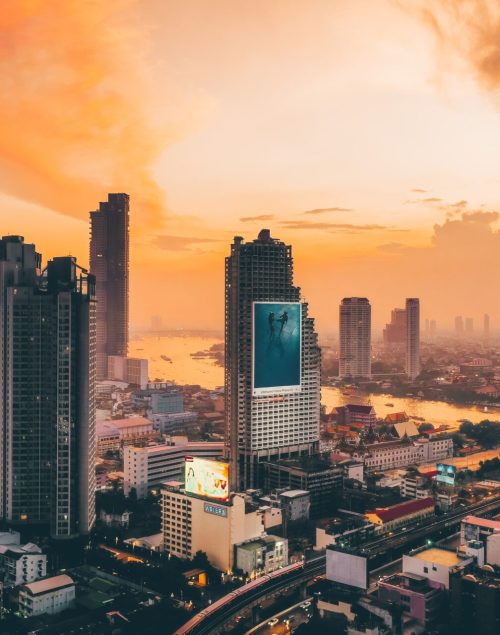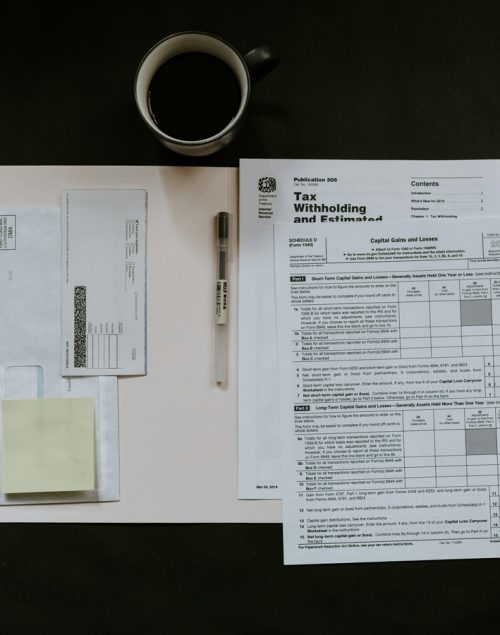Updated in August 2024
If you follow my content, you know I publish monthly digital nomad costs from different places, like Bali, Koh Phangan, or Koh Tao. After my latest post, I received a comment from a nomad couple who pointed out how much less they spend. Obviously, it’s hard for childless people to understand why digital nomad families don’t have the same savings opportunities.
In this post, I’m going to talk about what makes life as a digital nomad family more expensive than solo travel. I’ll share where it’s tough to save money and what you can expect from this lifestyle.
Let’s jump in!

The True Cost of Finding a Family-Friendly Home
When you’re a digital nomad with kids, finding the right accommodation becomes super important. You need enough space for everyone to live comfortably, with separate areas for work, play, and rest. You’re already spending all your time together, so let’s make it as smooth as possible.
This means you’ll be looking for bigger apartments or houses, which usually come with a higher price tag. For example, in Koh Phangan, Thailand, you can find a simple one-bedroom house for under 10,000 THB (about 280 USD) a month. But if you need a two-bedroom house, it’s not just double the price—it’s often triple or even quadruple.
Plus, the location of your rental matters, too. Digital nomads with kids often want to stay in family-friendly neighborhoods, away from busy roads, and close to schools and other amenities. These places tend to have higher accommodation costs than budget-friendly spots, even in low-cost areas like Southeast Asia.
Budgeting tips:
- However, to save some money, you should definitely do slow travel and opt for rental properties that you can rent long-term. Ask for a discount if you’re planning to stay for a few months—landlords often drop the price for longer stays.
- It’s also smart to check out places that aren’t in the main tourist spots, as they’re usually cheaper. Don’t forget to browse Facebook Marketplace, where you can sometimes find hidden gems at lower prices.
- Plus, asking around in local or expat groups on Facebook can lead you to good deals you might not find elsewhere. A little effort can go a long way in finding a nice place without overspending!
Don’t forget to check out my guide on finding the best accommodations as a digital nomad.
Why Convenience Costs More: Family Transportation
One big part of digital nomad life is moving from place to place. When you’re traveling solo, you can take the budget-friendly and adventurous route—like public transportation and a night train to Bangkok. But with little kids? No way! At least not for us. As a digital nomad family, you’re more likely to choose the easier option, like air travel, that saves time and stress, but it usually costs more.
I’m hoping to get more adventurous when the kids are older, but for now, we pay extra for transportation. It is what it is!
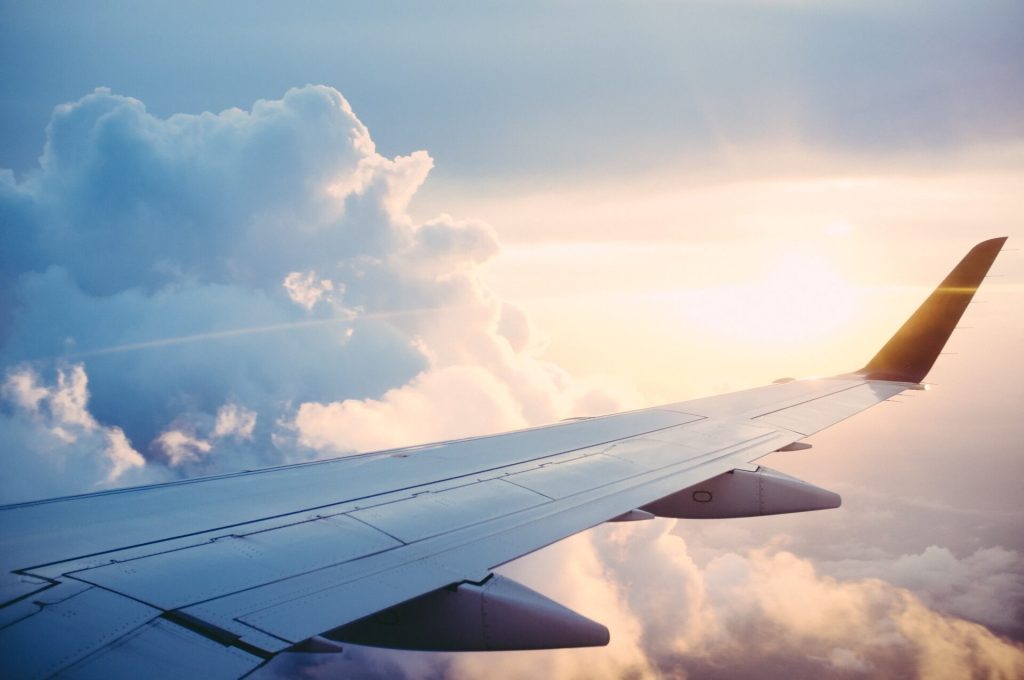
Childcare Costs: Why Parents Pay More
A big expense for us is childcare. If both parents are working remotely, like we do, you might need to hire a nanny or enroll your kids in daycare or preschool.
We usually spend at least 35,000 THB (about 1,018 USD) a month on childcare. This covers daycare and an occasional nanny for our 3-year-old daughter. Our 7-year-old doesn’t need a nanny as she sometimes has sleepovers at friends’ houses. So that helps a bit with costs.
Education: The Hidden Cost of International Schools
If you decide to enroll your child in an international school or a homeschooling program, be ready to spend quite a bit of money. We were used to free schools in Germany, but it’s a whole different story abroad.
For example, the international school in Koh Phangan, Thailand, where our oldest daughter goes, costs around 20,000 THB (about 570 USD) per month. And that’s not even one of the expensive schools! We know parents who pay double that on the neighboring island of Koh Samui, or even triple in Bali. Crazy, right? And now, imagine your child catching a cold and missing a week of school. That really stings!

Healthcare Abroad: Why Good Care Costs More
Making sure your family has good healthcare is really important, especially when you have kids. No one wants to be stuck not being able to pay for their child’s treatment. That’s why you need to get international health insurance.
We had a 5-year travel insurance plan with a German company called Hanse Merkur, but now they won’t renew it, so we have to find a new one—such a bummer.
Budgeting tips:
- Start by looking for insurance companies that specialize in covering expats or travelers—these companies understand the unique needs of nomad families. Make sure to read reviews and check out ratings online to see how other families have experienced their services. I wrote a post about the best digital nomad health insurance, so take a look if you’re interested!
- For dealing with emergencies abroad, it’s a good idea to have a plan in place. Know where the nearest hospitals or clinics are and keep a list of emergency contacts handy.
- For routine check-ups and vaccinations, try to schedule them during trips back home or in countries known for good healthcare at affordable prices.
Visa and Legal Fees
If you’re traveling with the whole family, everyone needs a visa, no exceptions. In Southeast Asia, we’ve found that visa costs are the same for both adults and kids. For us, that means visa costs times four!
Depending on where you go, this can add up quickly. In Bali, for instance, we paid over $1,000 just for three months.
If you’re traveling solo or as a digital nomad couple, you’ll not only pay fewer visa fees, but you also have more flexibility. For example, you can save money by doing a quick visa run instead of paying for an expensive extension at immigration.
I’ve put together an article on the most digital nomad-friendly places worldwide. Take a look here!

The Cost of Family-Friendly Fun
No, I’m not bringing my two little kids to the weekly nomad dinner—for your sake and mine!
Digital nomad families tend to look for family-friendly activities and events wherever they go so their kids (and themselves) can socialize and have fun. But these activities often come with extra costs, like entrance fees or memberships.
It’s the same with choosing where to eat. Sometimes, it’s just easier (and safer) to go to a nice restaurant with a pool instead of a local spot by a busy road. Parents of toddlers will totally get what I mean!
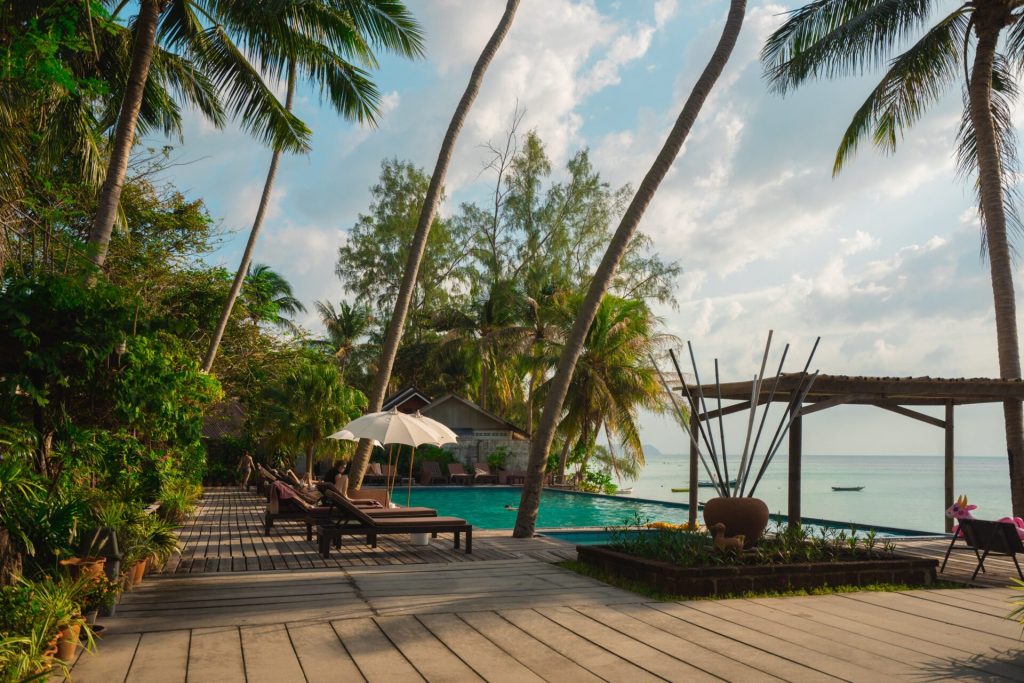
Being a Digital Nomad without Kids
To make this article complete, here are all the advantages that digital nomads without children have:
Greater Flexibility
Being a digital nomad without kids offers a lot of advantages, starting with greater flexibility. As a single person, you have the freedom to change plans and travel on short notice without the responsibilities and obligations that come with having a family. This flexibility means you can take more risks and explore different cultures, whether you’re in Southeast Asia, South America, or any other affordable destination with a rich culture.
Lower Costs
One of the biggest perks of this nomadic lifestyle is the lower cost of living. Without the need to budget for children, your monthly expenses are generally much lower. You have more flexibility in choosing accommodation, whether it’s a one-bedroom apartment in a tropical island like Phuket or a short-term rental in a city like Phnom Penh.
In fact, places like Chiang Mai are popular choices among digital nomads because of their affordable living costs, vibrant local culture, and good internet speeds. You can enjoy delicious food from local markets or street food vendors without spending much money, making it easier to stick to a digital nomad budget.
Focus on Personal Growth
Another advantage is the ability to focus on personal growth. With fewer responsibilities, you can invest more time and energy into your personal and professional development. Whether it’s exploring new skills, diving into self-discovery, or setting and achieving individual goals, the nomadic lifestyle offers the perfect backdrop for this kind of growth.
Plus, being in different locations exposes you to diverse cultures and new experiences, which is invaluable for personal growth.
Social Connections
Social connections are also easier to build when you’re a digital nomad without kids. You have more opportunities to meet and connect with other remote workers in the digital nomad community. Whether you’re networking at a coffee shop in a foreign country or collaborating with fellow nomads in a co-working space, the opportunities are endless. This lifestyle allows you to build a diverse and global social network, making your journey even more enriching.
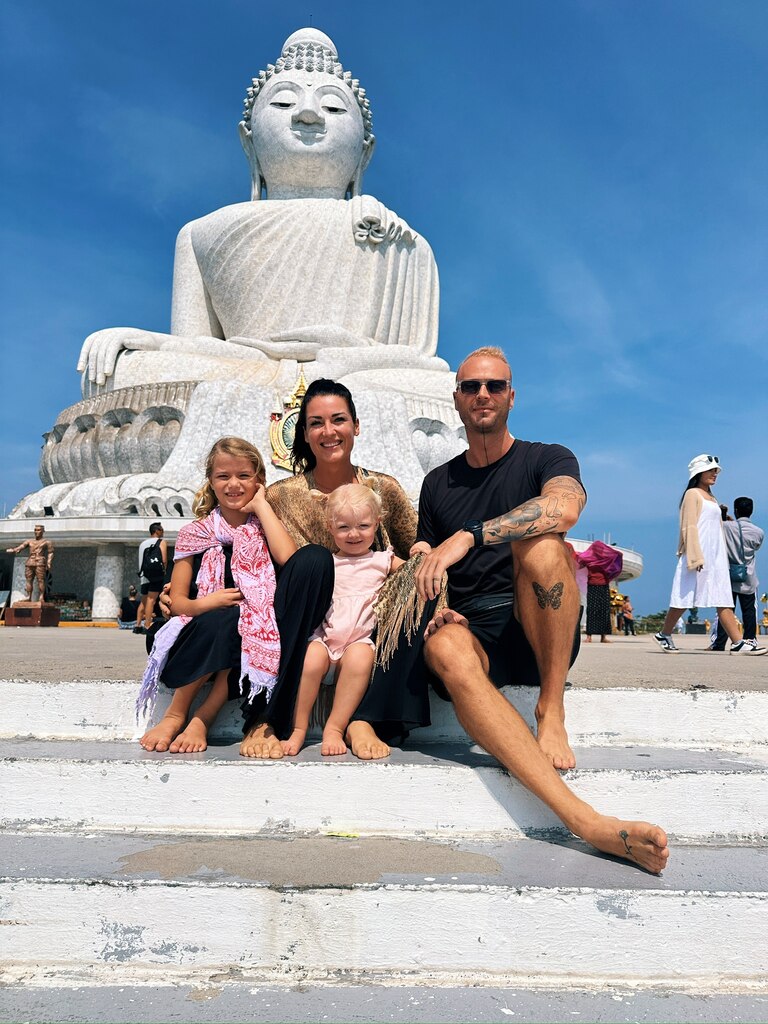
Conclusion: The Realities of the Digital Nomad Lifestyle with Kids
Whether one is a digital nomad with or without kids, both experiences are incredibly enriching. In my opinion, there’s nothing more fulfilling than showing your kids the world while pursuing your own dreams. But I also want to raise awareness that this lifestyle comes with higher costs.
Got any questions? How do you manage to save money as a traveling family? I’d love to hear your tips in the comments!
Thanks for reading and letting me be a part of your day. Yours, Lulu










